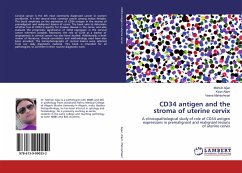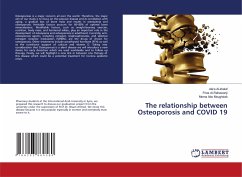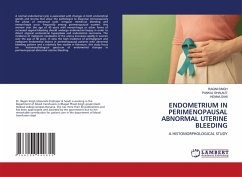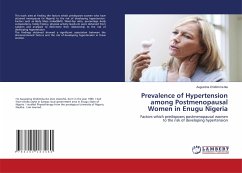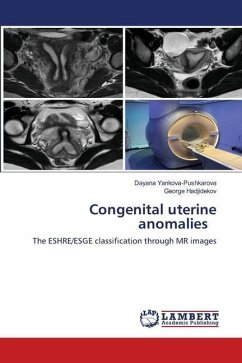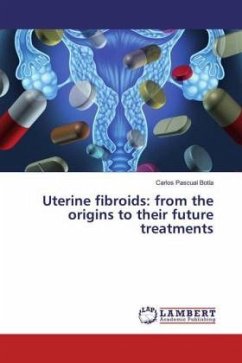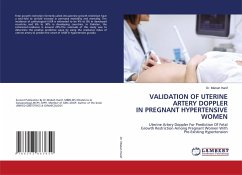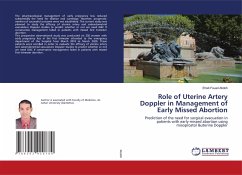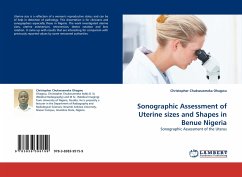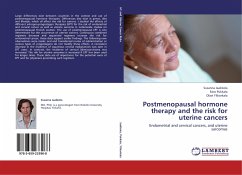
Postmenopausal hormone therapy and the risk for uterine cancers
Endometrial and cervical cancers, and uterine sarcomas
Versandkostenfrei!
Versandfertig in 6-10 Tagen
32,99 €
inkl. MwSt.

PAYBACK Punkte
16 °P sammeln!
Large differences exist between countries in the context and use of postmenopausal hormone therapies. Differences also exist in genes, diet and lifestyle, which all affect the risk for cancers. I studied the effects of different estrogen-progestagen therapies (EPT) for the risk of endometrial and cervical cancer as well as uterine sarcoma in nationwide studies on postmenopausal Finnish women. The use of postmenopausal EPT is one determinant for the occurrence of uterine cancers. Continuous combined regimens decrease and sequential regimens increase the risk for endometrial cancer; these data s...
Large differences exist between countries in the context and use of postmenopausal hormone therapies. Differences also exist in genes, diet and lifestyle, which all affect the risk for cancers. I studied the effects of different estrogen-progestagen therapies (EPT) for the risk of endometrial and cervical cancer as well as uterine sarcoma in nationwide studies on postmenopausal Finnish women. The use of postmenopausal EPT is one determinant for the occurrence of uterine cancers. Continuous combined regimens decrease and sequential regimens increase the risk for endometrial cancer; these data support earlier findings. The following new observations were made; oral and transdermal routes of administration or various types of progestagens do not modify these effects. A consistent decrease in the incidence of squamous cervical malignancies was seen in EPT users. In contrast, the incidence of cervical adenocarcinoma was increased. The risk for uterine sarcomas is increased if EPT has been used for longer times. These data are of importance for the potential users of EPT and for physicians prescribing such regimens.



